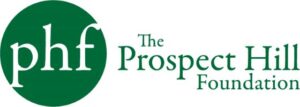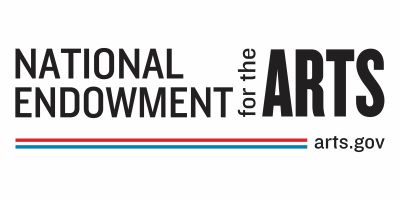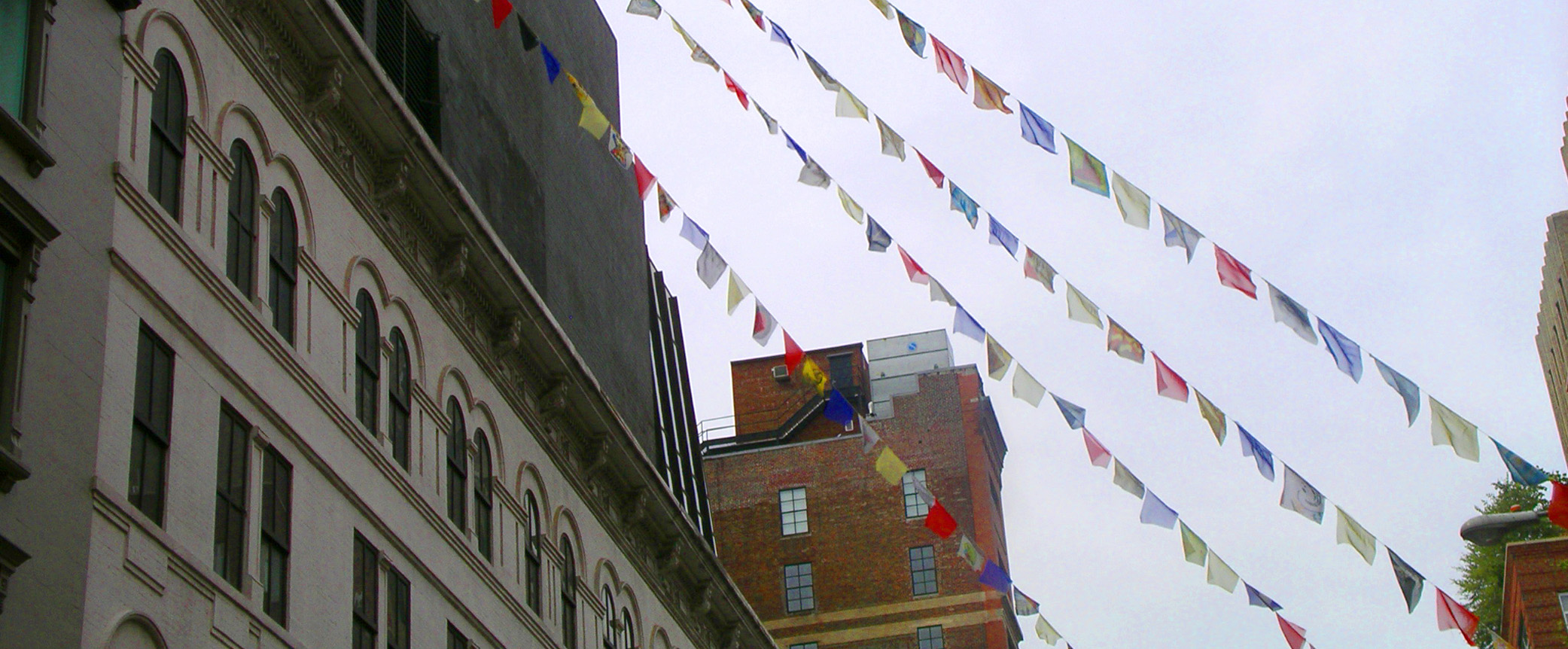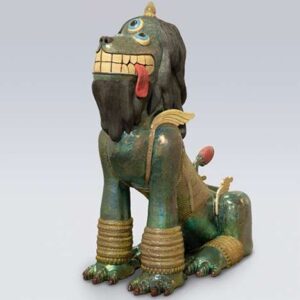
Flag Project 2024
Make your wish on the wind
September 1–October 6, 2024
In the final weeks leading up to the closing of the Rubin’s 150 West 17th Street location, Museum visitors are invited to co-create flags of good wishes for the future. The flag templates are designed by five artists whose work is included in the exhibition Reimagine: Himalayan Art Now including Asha Kama Wangdi, Kabi Raj Lama, Losel Yauch, Shushank Shrestha, and Yangdzom Lama. Visitors can add messages that bear their wishes for the future (and quite possibly their wishes for the future of the Rubin).
Culminating in a public ceremony, more than 5,000 flags of wishes will be displayed outside the building at 5:00 pm on October 6, 2024.
This initiative echoes how the Rubin opened the building twenty years ago on October 2, 2004. Led by contemporary artists Arlene Shechet and Kiki Smith, fellow artists created individual flags to salute this new home for a traditional art form. Participants included Laurie Anderson, Ross Bleckner, Louise Bourgeois, Joan Jonas, Wolfgang Laib, Sohan Qadri, Pema Rinzen, Pat Steir, Palden Weinreb, Robert Wilson, and Terry Winters. These are now part of the Rubin collection and became the small exhibition Written on the Wind.
This collaboration between Himalayan diaspora artists and the general public draws upon the prayer-flag tradition of the mountain regions of Central Asia. Prayer flags (dhar ho in Tibetan) are displayed in the Tibetan Buddhist tradition to generate merit and increase one’s life force.
Prayer flags are inscribed with auspicious symbols, invocations, prayers, and mantras. Some flags bear protectors and enlightened beings. Sets of flags are displayed in the five colors: yellow, red, green, blue, and white. These colors represent the elements: earth, fire, air, water, and space.
Wind horses are mythical creatures responsible for carrying prayers from Earth to the heavenly realms. Wind horse prayer flags typically display a tiger, a snow lion, a man-bird garuda, and a dragon (the four dignities) with a wind horse in the center. These border a mantra, “May the horse of good fortune run fast and increase the power of life, influence, fortune, health.” Some of the artists have made reference to this iconography.
PARTICIPATING ARTISTS
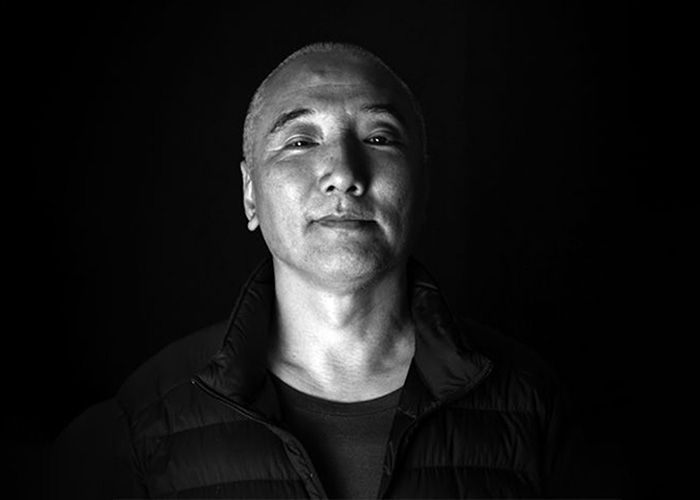
Asha Kama Wangdi’s journey in Western art began at school in Thimphu, but he chose to leave in order to become an apprentice, immersing himself in Bhutanese religious and traditional art at the National Fine Arts Centre. He later worked as an illustrator for the Bhutan Royal Government and earned a first-class honors degree from the Kent Institute of Art and Design in England in 1994.
In 1997 Asha Kama Wangdi co-founded VAST Bhutan with two artists and has since mentored over 10,000 young individuals. In recognition of his contributions to art and the community, the artist was honored with the National Order of Merit (Gold) by His Majesty The King of Bhutan in 2010.
“I am humbled to be seen as the torchbearer of contemporary art in Bhutan, and it has been an honor to foster a uniquely Bhutanese voice in contemporary art, drawing from our rich cultural heritage.”
—Asha Kama Wangdi
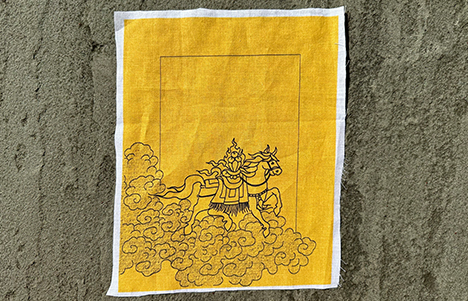
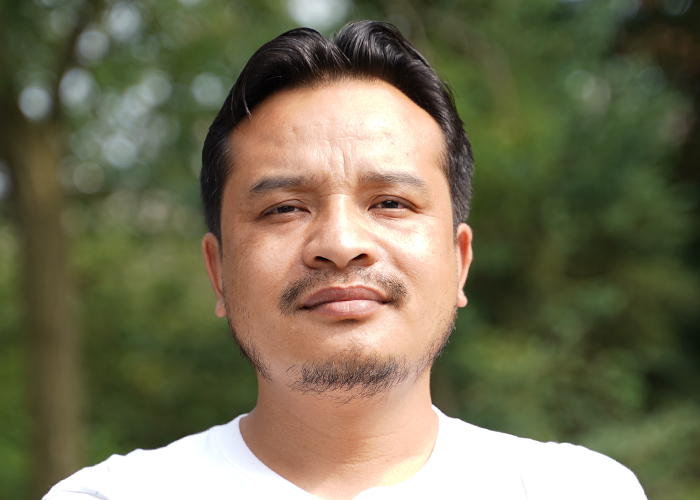
Kabi Raj Lama works at the intersection of neuroscience and art. Descended from a line of Buddhist monks in the indigenous Tamang community in Nepal, he grounds his work in the ideals of his community. His personal experiences and interests overlap with notions of impermanence and science.
Kabi Raj Lama graduated from Kathmandu University in 2009, and in 2011 he went to Japan to study printmaking at Meisei University. He is currently based in New York, and is enrolled in the MFA program at Rutgers University. His works have been exhibited at various international galleries, institutes, and museums, including Machida National Print Museum, Tokyo (2014), Ome City Art Museum, Tokyo (2014), Fukushima Biennale, Japan (2016), National Art Gallery, Sofia, Bulgaria (2018), Lakshima Mittal, South Asia Institute of Harvard University (2018), Tianjin Art Museum, China (2019), Nepal Art Now, Welt Museum, Vienna Austria (2019), The Palace Museum, Beijing (2019), and Today Art Museum, Beijing (2019).
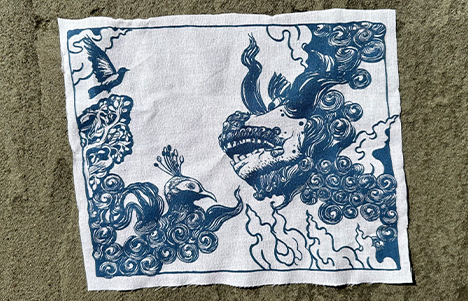
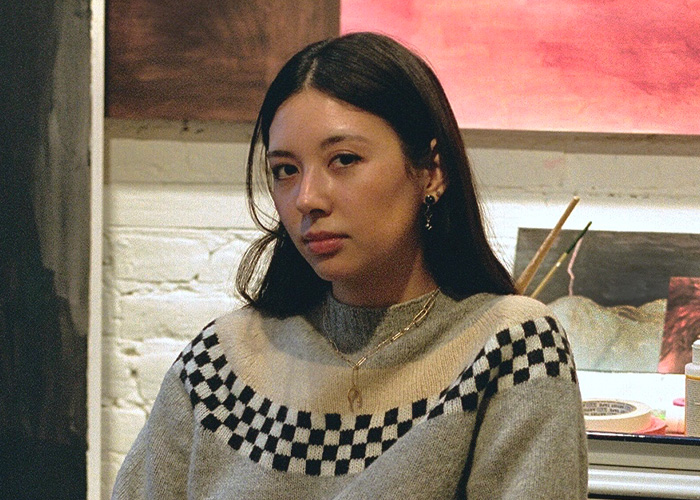
A third-generation member of the Tibetan diaspora community, Losel Yauch uses tapestry and sculpture to celebrate and highlight fragments of Tibetan culture and iconography. Many of the recurring symbols in her work include Tibetan Buddhist iconography as well as imagery based on stories her grandfather told about growing up in Kham, an eastern region of Tibet.
She moved to London to complete her BA at Central Saint Martins where she received the NewFutures Graduate Art Prize and the Central Saint Martins Dean’s Award upon graduating in 2022. Losel Yauch’s work was recently named a finalist for the Ingram Prize and her most recent exhibitions include her solo show with Incubator in London (October 2022) and group shows in Cromwell Place in London (November 2023), La Loma in Los Angeles (June 2023), and NADA in Miami (December 2023).
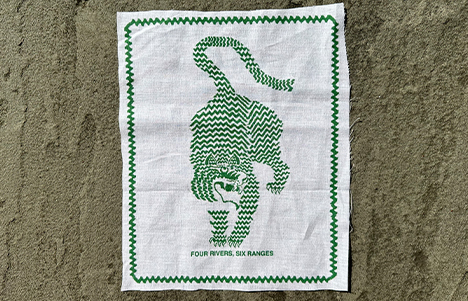
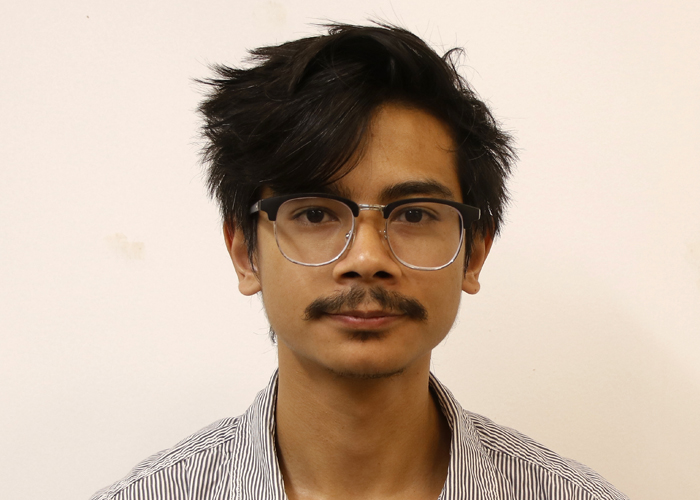
Shushank Shrestha is a ceramic artist from Kathmandu, Nepal, who engages with modern culture through the lens of traditional Nepalese art. Cartoons and animated movies have been a source of inspiration and fantasy for the artist. Such imagery transports the viewer into a magical world, free from everyday stresses, and often conveys emotions or ideas that may be difficult to express through other means.Shushank Shrestha’s characters reflect his personal journey of transformation and self-discovery, centered on the question of what it means to be human today. He intends to help people revisit the positivity of childhood through his art.
Shushank Shrestha has a MFA in ceramic arts from New York State College of Ceramics at Alfred University. He received his BFA from Kathmandu University School of Arts in 2016., is work has been exhibited in Nepal, China, France, and the US.
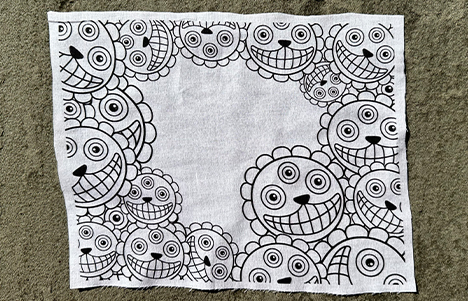
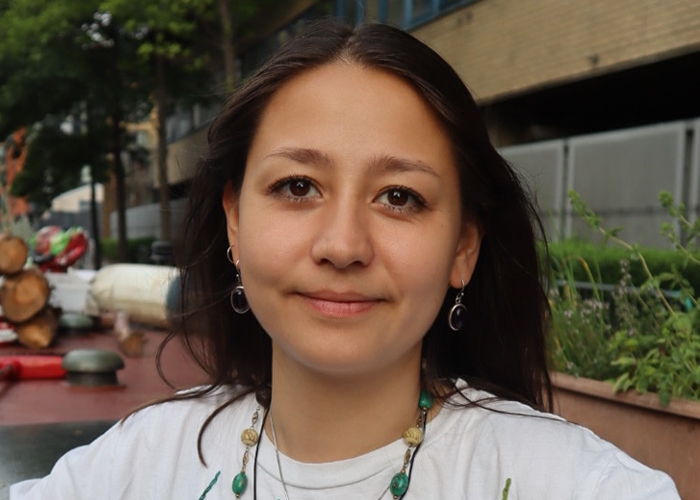
Yangdzom Lama is a London-based multimedia artist who works with painting, embroidery, and ceramics. She is inspired by her Himalayan heritage, art, culture, and Tibetan Buddhist teachings on compassion. Her work is often autobiographical and features animal symbolism that explore themes such as interconnectedness and the divine. She credits the creation of her intricate artworks to her experiences living with autism. Through her art, Yangdzom Lama aims to celebrate neurodivergence as well as the beautiful diversity of all beings on Earth.
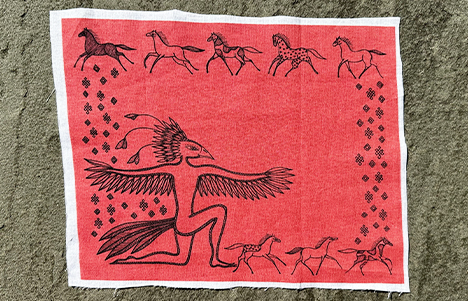
Reimagine: Himalayan Art Now is supported by Bob and Lois Baylis, Noah P. Dorsky, Jacques and Natasha Gelman Foundation, Dan Gimbel of NEPC, LLC, Agnes Gund, New York Life, Matt and Ann Nimetz, The Prospect Hill Foundation, Eileen Caulfield Schwab, and Taipei Cultural Center in New York.
This program is supported, in part, by public funds from the New York City Department of Cultural Affairs, in partnership with the City Council.
The Rubin Museum’s programs are made possible by the New York State Council on the Arts with the support of the Office of Governor Kathy Hochul and the New York State Legislature.
This project is supported in part by the National Endowment for the Arts.



